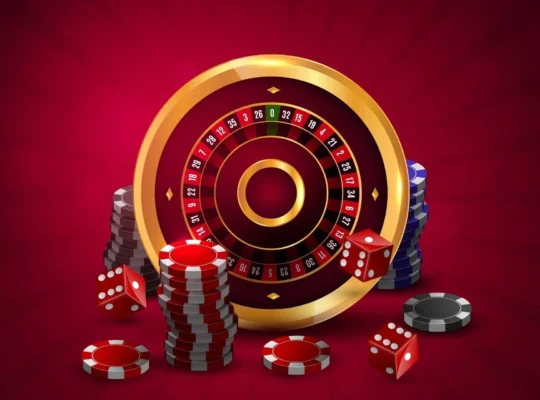Working directly with a private poker coach can certainly help elevate your skills. But it also comes with some significant downsides that make coaching impractical or ineffective for many players. Here are the biggest challenges with one-on-one poker coaching that explain why it isn’t the best training option for everyone.
The High Costs Add Up Quickly
The #1 issue with poker coaching is the steep price. Reputable coaches charge upwards of $100+ per hour for sessions. Even booking just 2-3 hours per week results in monthly costs of $500 or more. That’s quite an investment, especially for those on a budget or with limited poker bankrolls.
In addition to hourly rates, many coaches require long-term commitments like monthly retainers or packages of multiple prepaid sessions. This reduces flexibility and increases costs further. For example, a 24 session coaching package at $125 per hour costs $3,000 upfront. That’s a huge expense for most aspiring poker players.
Unlike one-time training purchases like video courses, the ongoing expenses of coaching drain your poker profits. For most, the high recurring price makes regular private coaching unsustainable.
Finding the Time is Difficult
Coaching requires dedicating substantial time for each lesson, review, analysis and assignments from the coach. Sessions themselves take 1-2 hours. Preparing hand histories, completing reviews and implementing the coach’s strategies takes additional hours.
For those with busy careers, families or other obligations, consistently finding 5+ hours per week for poker coaching is challenging. Even for poker pros, that time could be better spent playing. The heavy time commitment makes it tough to justify.
Compare that to watching poker coaching videos that you can fit in whenever it’s convenient. The flexible access of alternatives like training sites better suits most peoples’ schedules. Coaching just consumes too much valuable time for many.
An Overwhelming Workload
Working one-on-one means absorbing a firehose of poker concepts from your coach. Each session introduces new ideas, hand reviews and detailed strategic adjustments. Coaches assign additional analysis and changes to implement in your play.
This intensive workload borders on information overload for casual players or newer poker students. They may not be ready to fully immerse themselves in intricate poker study. The volume of direction can become overwhelming.
Video training lets you better pace absorbing new information. Coaching may provide too much instruction before you’ve mastered basics.
Risk of Becoming Over-Reliant
Leaning heavily on a coach’s advice can sometimes cause over-reliance issues. Some students allow the coach to overly dictate their play rather than improving their own reasoning. It weakens your ability to analyze new situations independently.
Of course, seeking input is part of coaching’s value. But if a player just blindly does whatever the coach says without understanding why, it hampers development. They may struggle once the coach’s guidance ends.
Video training again provides more balance. You get instruction on key concepts without depending so fully on a particular coach’s personal directives.
Less Convenient Than On-Demand Resources
Coaching requires coordinating sessions around both your and the coach’s availability. With players and coaches in different time zones, scheduling convenient times is challenging. Replay reviews must also be arranged in advance.
On-demand training like instructional videos offer better convenience. You can access the content on your own schedule 24/7. Pausing, rewinding and rewatching enables learning at your own pace. This flexibility suits most peoples’ routines far better.
While coaching does provide personalization lacking in other options, the scheduling demands and lack of flexibility reduce the overall convenience significantly.
For these reasons, most players are better off with lower-cost, flexible and less demanding training alternatives. However, coaching can be worth the investment if you have ample free time and budget. For serious students able to fully commit, one-on-one guidance accelerates your progress. Assess your situation realistically before committing to intensive coaching.







